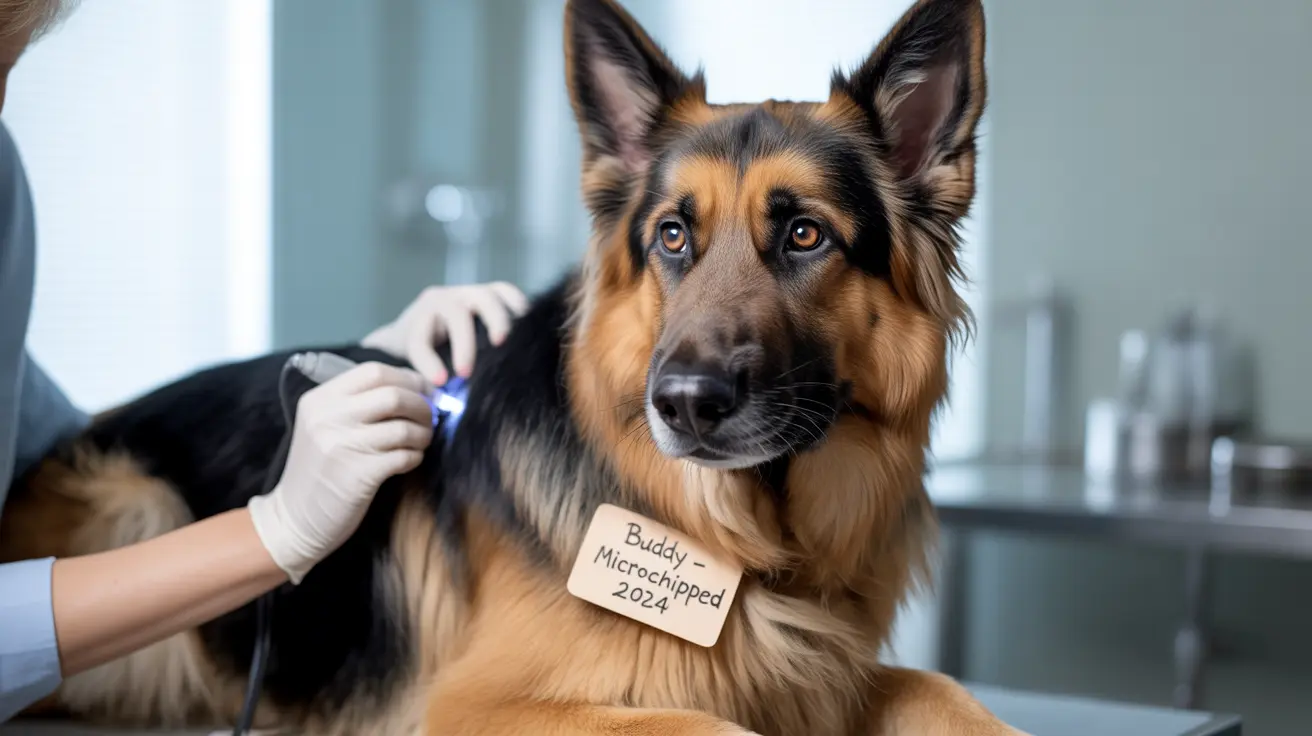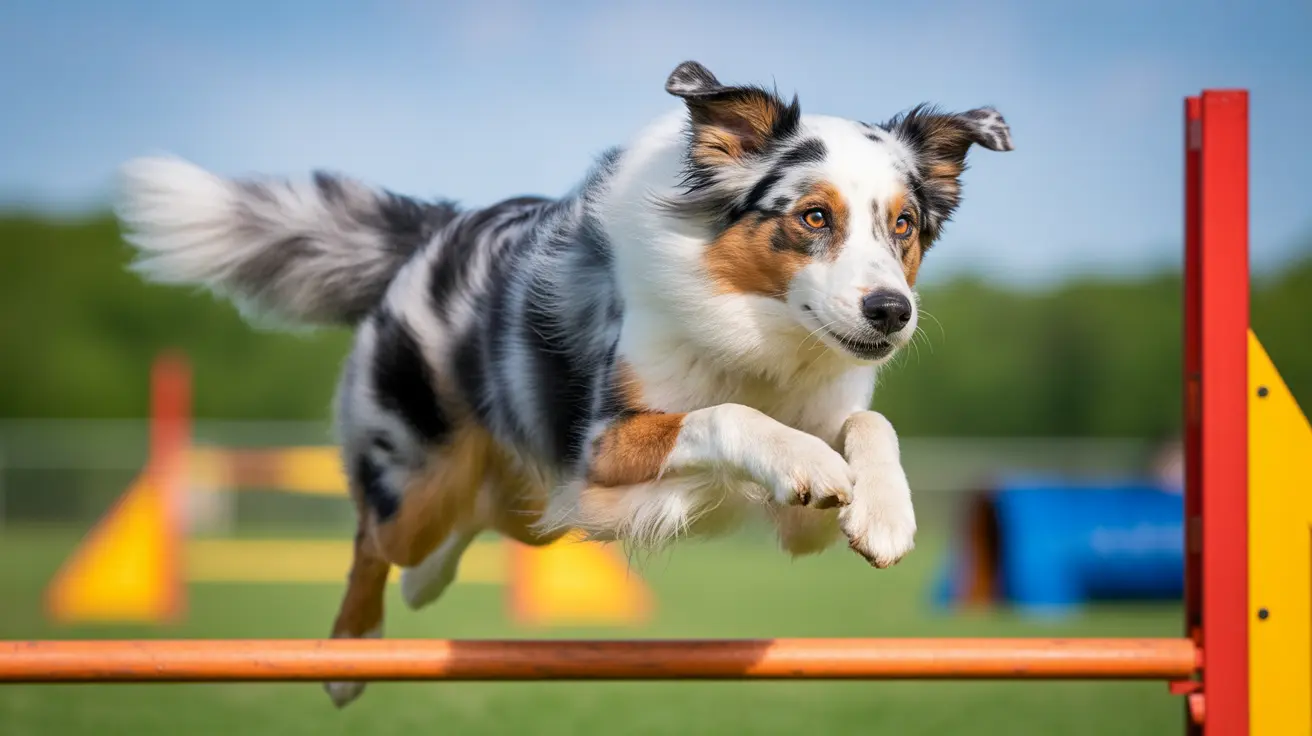Understanding Dog Microchipping
If you've ever wondered "should I microchip my dog," you're not alone. Microchipping has become an essential part of responsible pet ownership, offering a permanent solution for identifying and protecting your beloved canine companion. This tiny device, no larger than a grain of rice, could make the difference between losing your pet forever and a happy reunion.
In this comprehensive guide, we'll explore everything you need to know about microchipping your dog, from the procedure itself to the compelling reasons why veterinarians and animal welfare experts strongly recommend this simple yet effective form of identification.
How Dog Microchipping Works
A microchip is a small electronic device that's safely implanted beneath your dog's skin, typically between the shoulder blades. The procedure is quick, similar to a routine vaccination, and can be performed during any veterinary visit. Each chip contains a unique identification number that, when scanned, connects to a database containing your contact information.
Unlike GPS trackers or traditional ID tags, microchips are permanent and can't be lost, damaged, or removed. They don't require batteries and are designed to last for your pet's entire lifetime.
Benefits of Microchipping Your Dog
Permanent Identification
While collars and tags can break or fall off, a microchip provides unchangeable, lifelong identification. This becomes particularly crucial if your dog ever escapes or gets lost during an emergency situation.
Higher Recovery Rates
Studies show that microchipped dogs are significantly more likely to be reunited with their owners when lost. Animal shelters and veterinary clinics routinely scan found pets for microchips, making the reunion process quick and efficient.
Legal Compliance
Many cities and countries now require dogs to be microchipped. Staying compliant not only avoids potential fines but also contributes to community-wide pet safety initiatives.
The Microchipping Process
The procedure is straightforward and can be performed during a routine veterinary visit. Your vet will use a special needle to insert the microchip under your dog's skin. Most dogs barely notice the insertion, which feels similar to a standard vaccination.
After the procedure, your veterinarian will provide you with the microchip number and registration information. It's crucial to complete the registration process promptly to ensure your contact details are properly linked to your dog's microchip.
Maintaining Your Dog's Microchip Registration
Simply having the microchip implanted isn't enough – proper registration and maintenance are essential. Keep your contact information current in the microchip database, especially when moving or changing phone numbers. Many microchip companies offer online portals where you can easily update your information.
Cost and Value Considerations
The one-time cost of microchipping is relatively modest, especially considering the lifetime protection it provides. Many veterinarians offer microchipping services for under $50, with some animal welfare organizations providing it at an even lower cost during special events.
Frequently Asked Questions
Should I microchip my dog even if they already wear a collar and ID tags?
Yes, you should microchip your dog regardless of other identification methods. While collars and tags are important, they can fall off or be removed. Microchips provide a permanent backup identification system that can't be lost or damaged.
How safe is the microchipping procedure for my dog, and does it cause any pain or health risks?
The microchipping procedure is very safe and causes minimal discomfort. The chip is biocompatible, and complications are extremely rare. Most dogs show no signs of distress during or after the procedure.
What should I do after my dog is microchipped to ensure their information is properly registered and updated?
After microchipping, verify that your contact information is correctly registered in the manufacturer's database. Set calendar reminders to check and update your information annually or whenever you move or change phone numbers.
Can a microchip help locate my dog if they go missing, or is it just for identification?
Microchips are for identification only and don't provide GPS tracking. They work when a lost pet is brought to a shelter or veterinary clinic where the chip can be scanned to retrieve your contact information.
Are there legal requirements for microchipping dogs in my area, and what are the benefits of complying?
Many jurisdictions require dog microchipping. Check with your local animal control office for specific requirements. Benefits include legal compliance, increased chances of recovering a lost pet, and sometimes reduced licensing fees.
Conclusion
Microchipping your dog is a simple, safe, and effective way to ensure they can always find their way back home. With minimal cost and virtually no risk, it provides peace of mind and protection that lasts a lifetime. Don't wait until it's too late – talk to your veterinarian about microchipping your dog today.






